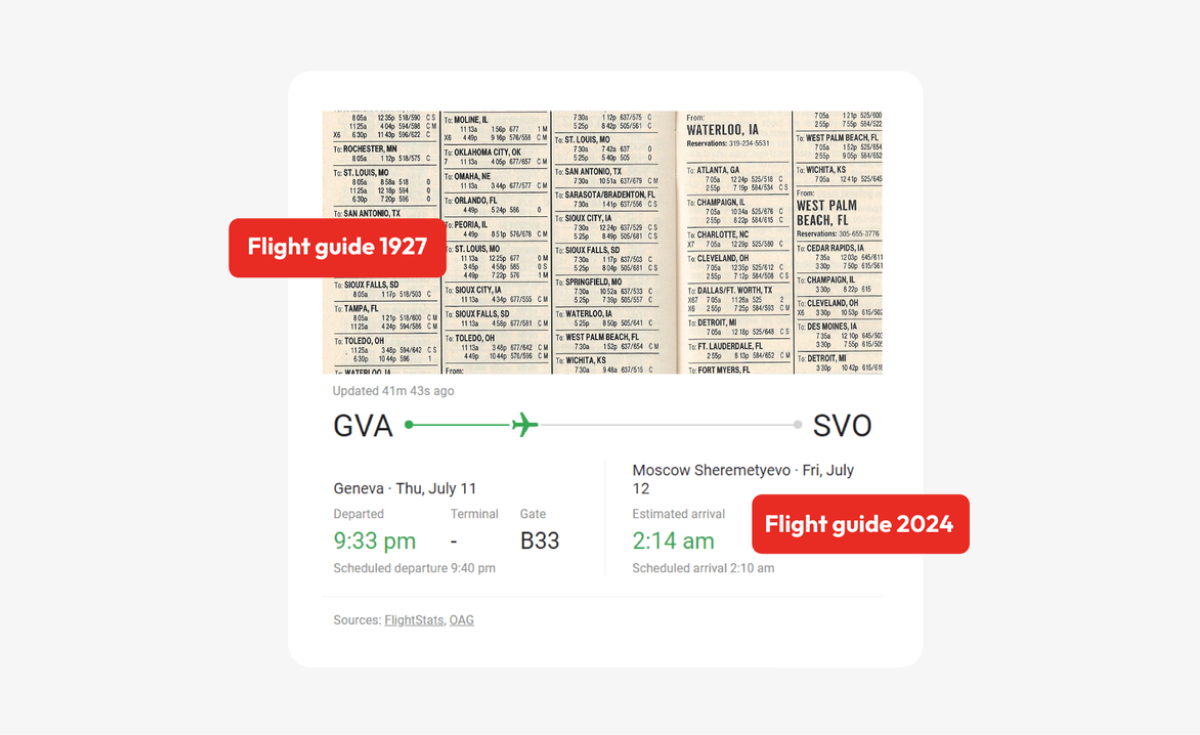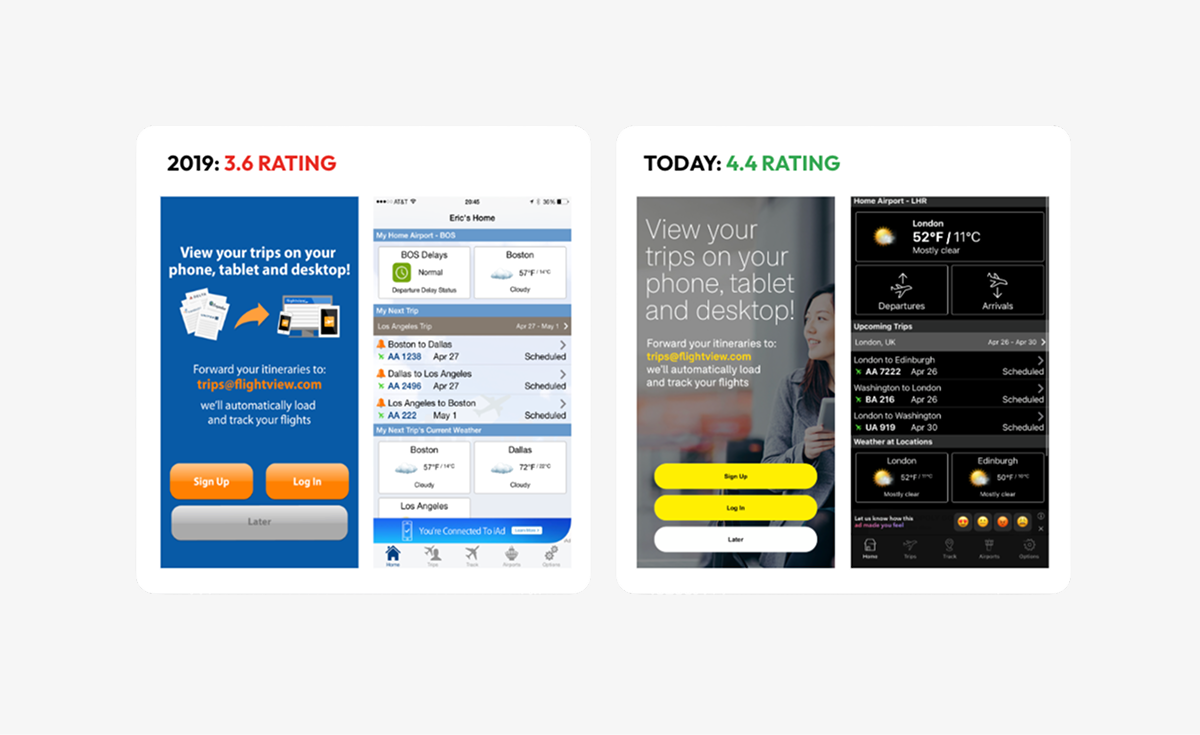

Massive Rocket has become the Mobile (and front-end) extension to the OAG engineering team. Their niche skills and expertise have helped us accelerate our growth on mobile.

OAG, a global leader in travel data since 1929, provides seamless access to extensive flight information through Cloud, Data Feed, and API solutions. Headquartered in the UK and operating worldwide, OAG serves over 250 airlines and 300 airports with premium data sets including airline schedules, historical data, connections, bookings, and real-time flight status. Their data empowers clients across industries to optimize operations, make informed decisions, and enhance customer experiences.
OAG faced challenges with slow and inefficient flight-tracking interface development due to disparate teams and outdated processes. Massive Rocket’s approach focused on streamlining development workflows, enhancing user experience through modern design, and accelerating collaboration between teams. Key objectives included:
Massive Rocket took charge of multiple web and mobile apps, starting with a tech audit to identify bottlenecks. They established standardized coding and deployment procedures to speed up updates and reduce errors. The team refreshed OAG’s flight-tracking platforms with modern UI/UX designs and upgraded key applications like Routemapper from AngularJS to ReactJS, integrating real-time tools such as Mapbox.
Manual deployment processes were automated, cutting release times from days to minutes. Additionally, a customizable demo portal was created for sales, and critical migrations—like moving Air Traffic Live from Flash to HTML—were automated. Close collaboration with OAG’s UK and Lithuania teams improved DevOps practices and overall product quality.


The partnership between OAG and Massive Rocket delivered measurable improvements:
